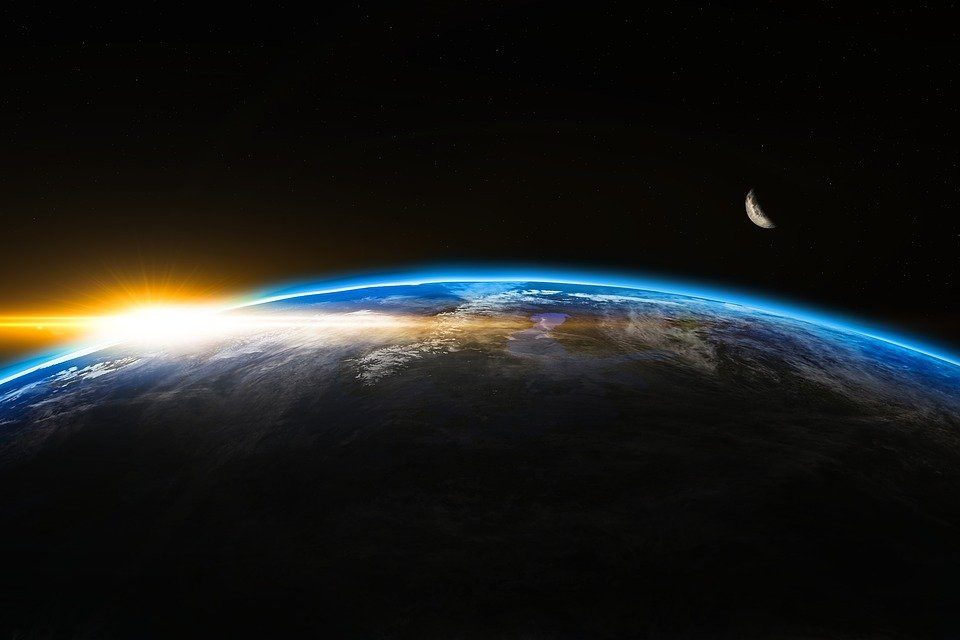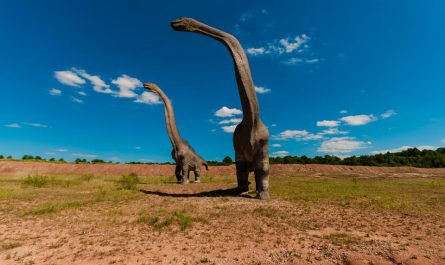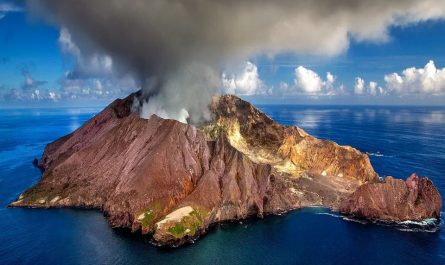We learn more about outer space and the planets around us every day. From the first moon landing to NASA’s frequent explorations of Mars via robots, we are constantly discovering interesting space facts that help us understand our galaxy. How much do you really know about our solar system? These eight facts about space may surprise you!
8 Awesome Space Facts:
- One day on Venus is longer than one year on Venus. (source) Not only does Venus spin in the opposite direction of Earth and most other planets in our solar system, but it also has a very slow rotation. It takes Venus about 243 Earth days for Venus to complete one rotation and just 225 Earth days for Venus to orbit all the way around the sun.
- There are more trees on Earth than there are stars in the Milky Way. (source) There are an estimated 3 trillion trees on Earth, while astronomers estimate that there are between 100 billion to 400 billion stars in the Milky Way.
- About 99.8% of our solar system’s total mass is the Sun. (source) At 1.9885×1030 kg (or 330,000 times the mass of the Earth), the Sun makes up a majority of our solar system. The rest of the solar system is made up of planets, their satellites, comets, asteroids, dust, and air.
- Because of Pluto’s chaotic orbital patterns, it periodically crosses Neptune’s orbit and becomes closer to the Sun. (source) For every two orbits Pluto makes around the Sun, Neptune makes three. In 1999, Pluto was further from the Sun, but Neptune will become the furthest from the Sun in 2227.
- Mars is home to a volcano that is three times taller than Mount Everest. (source) At 16 miles high and 374 miles across, Mars’ Olympus Mons is the largest volcano in the solar system.
- The largest asteroid in our solar system is 329 miles in diameter. (source) Vesta is the largest asteroid that has been discovered. There are more than 1 million asteroids in the solar system!
- The footprints on the moon will likely stay there for millions of years. (source) Because there is no atmosphere on the moon and all the water is frozen, the footprints from the moon landing will not be eroded by wind or water.
- Neptune has only completed one orbit around the sun since it was discovered. (source) It takes Neptune 165 years to orbit the sun. The planet was discovered in 1846 and completed its first orbit in 2011.




